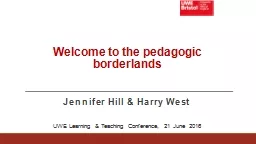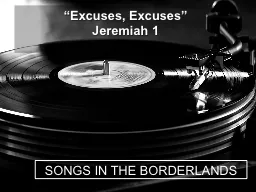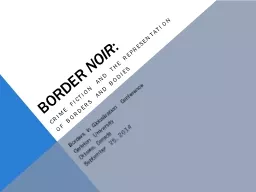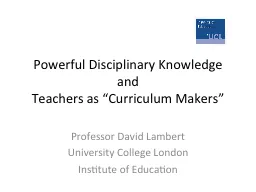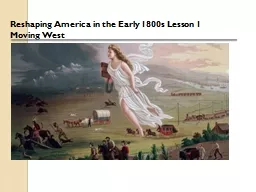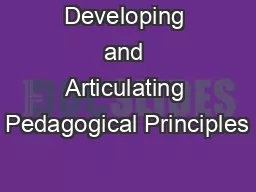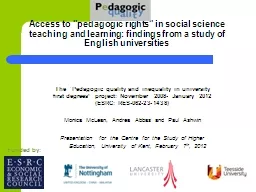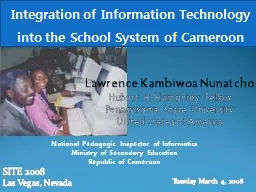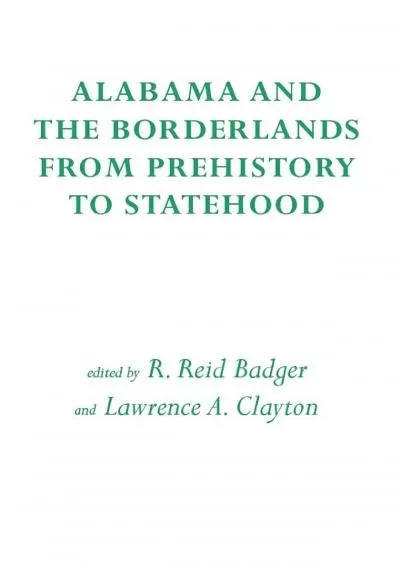PPT-Welcome to the pedagogic borderlands
Author : aaron | Published Date : 2017-04-01
Jennifer Hill amp Harry West UWE Learning amp Teaching Conference 21 June 2016 Presentation outline An invitation Introductory reconceptualisations Borderland spaces
Presentation Embed Code
Download Presentation
Download Presentation The PPT/PDF document "Welcome to the pedagogic borderlands" is the property of its rightful owner. Permission is granted to download and print the materials on this website for personal, non-commercial use only, and to display it on your personal computer provided you do not modify the materials and that you retain all copyright notices contained in the materials. By downloading content from our website, you accept the terms of this agreement.
Welcome to the pedagogic borderlands: Transcript
Download Rules Of Document
"Welcome to the pedagogic borderlands"The content belongs to its owner. You may download and print it for personal use, without modification, and keep all copyright notices. By downloading, you agree to these terms.
Related Documents

